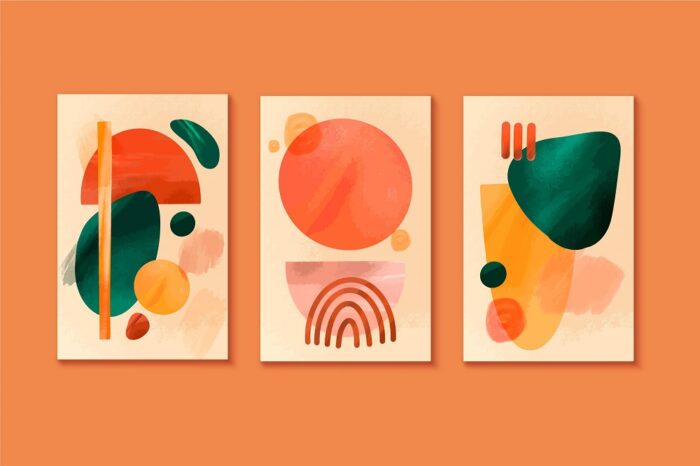The art industry is always on the move to delight masses with its nouvelle and creative pieces. Data analytics and artificial intelligence are transforming majority of the industries across the world, but the art industry is yet to completely embrace it. Since art being a subjective topic, people are yet to discover the massive gains that art analytics can deliver. With the help of big data and analytics, art industry is predicted to open-up to new opportunities while improving the current processes. Traditionally, analytics for art was derived by analysing data collected by the art auction databases.
The exciting transformation of the art industry can materialize through the following ways:
Precise value calculation of the artwork
Art analytics enables the industry to measure the value of the art asset precisely. The value of the art piece depends upon how rare it is. Exceptionally famous art pieces are valued at millions of dollars based on the rarity that art piece holds. Since there are no duplicates, the price of a single art piece is determined without taking into consideration several aspects such as other artwork created by the artist. Data analytics can pull in data from different sources, compile them and provide unparallel insights into artworks; helping specify the accurate price of the art piece.
Evaluating the cultural value
Besides the economic value of art, it has a significant impact on the society and culture as well. Art plays a vital role in bringing cultural value to the society. But, measuring that value has always been a challenge. With art analytics, it has become possible to evaluate the extent of value an art piece brings to the society. By analyzing large data points and providing critical information can help us determine what art trends will enhance our culture and be the major drivers of our social art portrayal.
Formulating new business models
Traditional business models in the art industry have always been quite bleak, everyone has been following the same strategies due to less innovation scope. Thanks to art analytics, new avenues to diversify business models & opportunities for increasing revenue can be explored now. For example, sophisticated art analytics algorithms analyse data to make predictions such as “how are the customers going to respond to an online art event? Or Will customers be willing to pay for an all-inclusive art event – comprising art, entertainment and food?” or “How the audience is going to react to a new idea”. As a matter of fact, Netflix utilizes data analytics to determine if their new concepts are fruitful or not, before investing heavily into the idea. Art analytics emboldens the industry stakeholders to try out new art forms and experiences.
Conclusion
Art analytics will undoubtedly prove to be revolutionary for the art industry as currently, the multi-million-dollar industry is struggling to incorporate big data and analytics into their operations. It will be exciting to witness the art industry get revamped and function like never before. Art analytics will help the industry become more vibrant and active as decision makers will have valuable insights about the data-driven decisions, in-turn boosting their revenue. Top market research and analytics companies provide actionable insights that help make crucial decisions.

